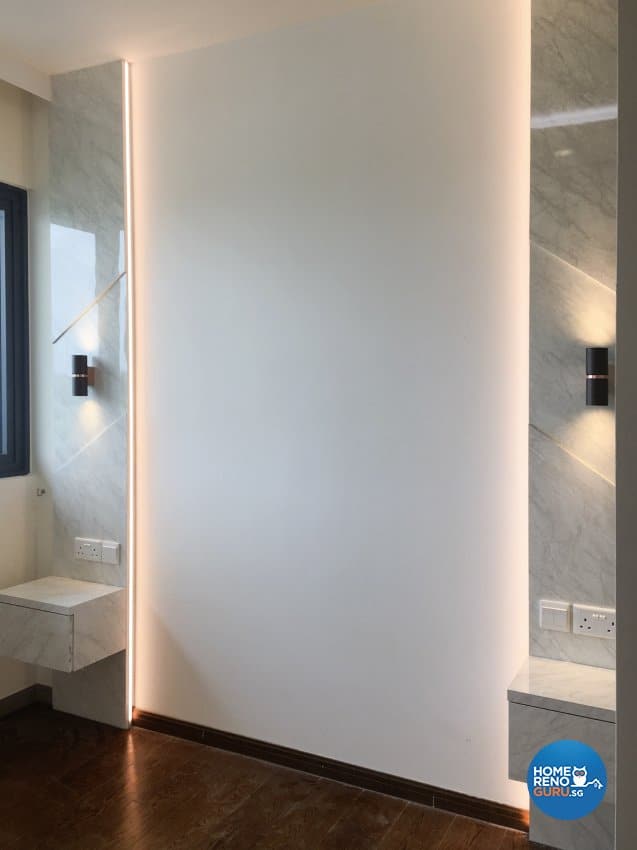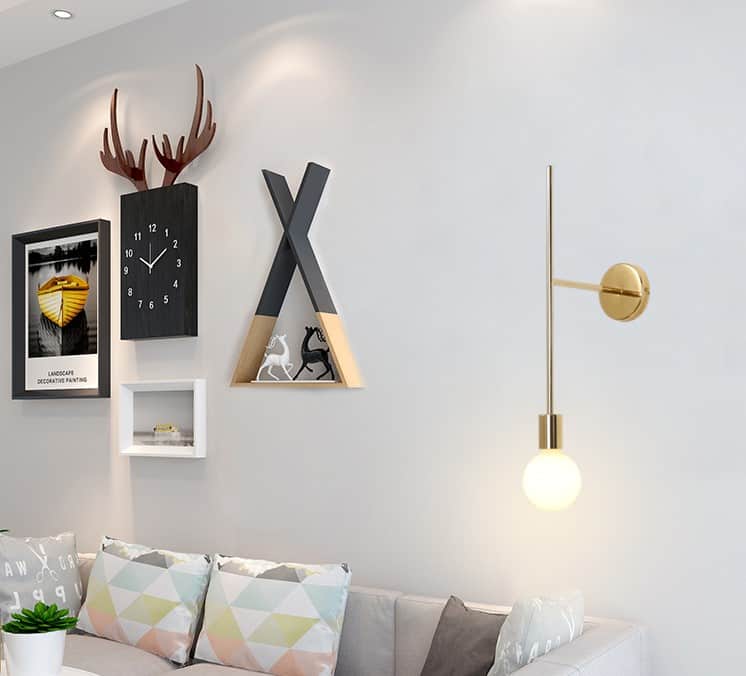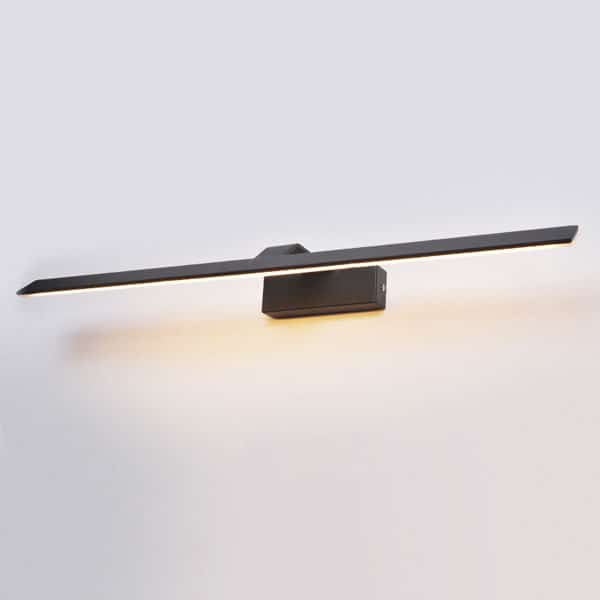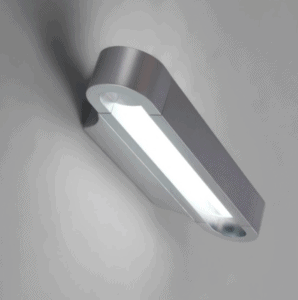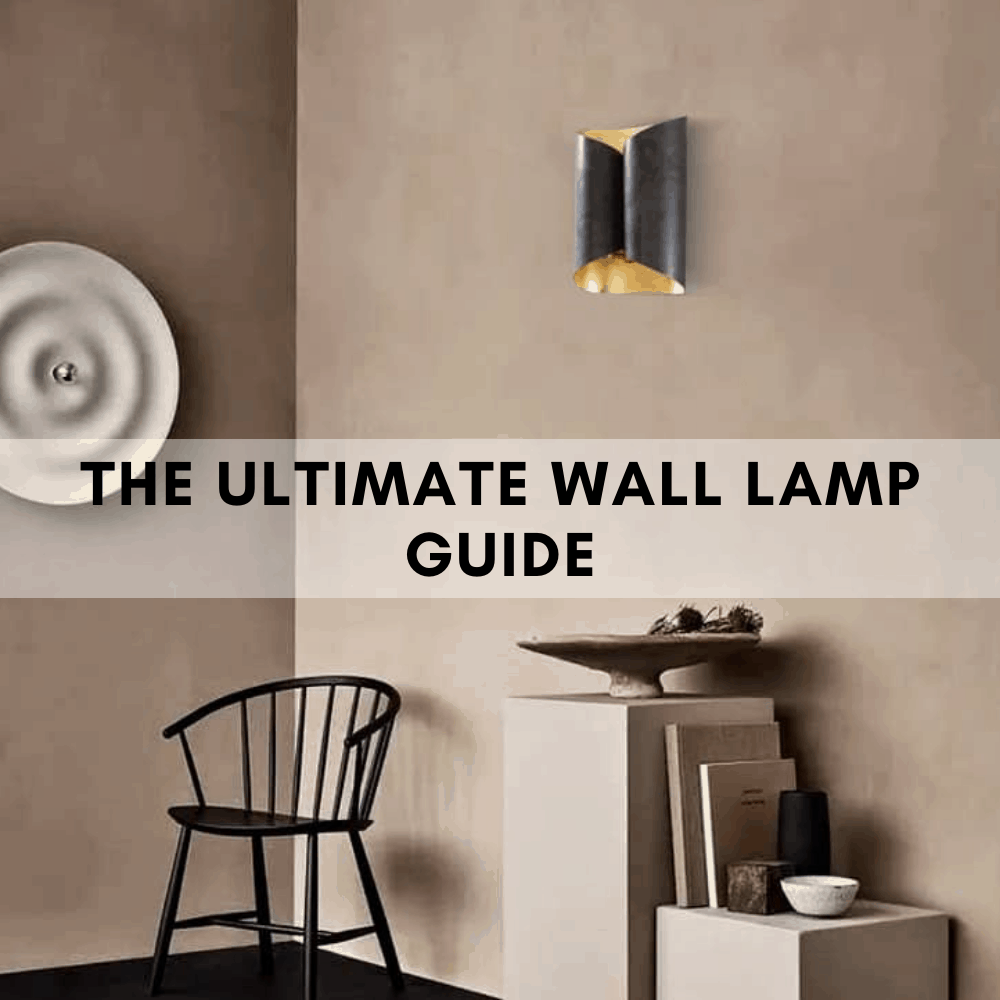 Wall lamps are often overlooked as most find ceiling lights, pendant lights and hanging lights more essential. But did you know that from an interior designer’s standpoint, wall lamps are actually one of the more perfect additions to any room? It is not often used for general illumination, but it makes a space whole and more inviting. No wonder that most luxurious hotels have wall lamps installed on rooms, hallways, dining, and lobbies.
Wall lamps are often overlooked as most find ceiling lights, pendant lights and hanging lights more essential. But did you know that from an interior designer’s standpoint, wall lamps are actually one of the more perfect additions to any room? It is not often used for general illumination, but it makes a space whole and more inviting. No wonder that most luxurious hotels have wall lamps installed on rooms, hallways, dining, and lobbies.
Wall lamps are very flexible. It serves various purposes and is commonly used in bedrooms, bathrooms, entryways, and many more. It also has a variety of types and options that adds not only function but also style to any space. If you’re looking to make your space brighter and better, here’s an ultimate wall lamp guide that you can follow.
Wall Lights in General
Wall lights can be used for ambient lighting, task lighting, and accent lighting. For the former however it has minimal use. As an ambient light, its main goal is simply to compensate for wherever the overhead lighting does not reach.
For task lighting, it plays a big role especially for activities such as reading, studying, working, and bathroom related tasks.
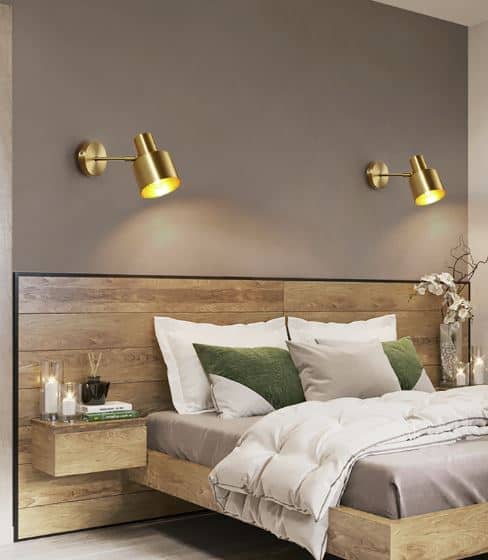
As an accent light, it is used to highlight architectural features and provide a warm atmosphere.
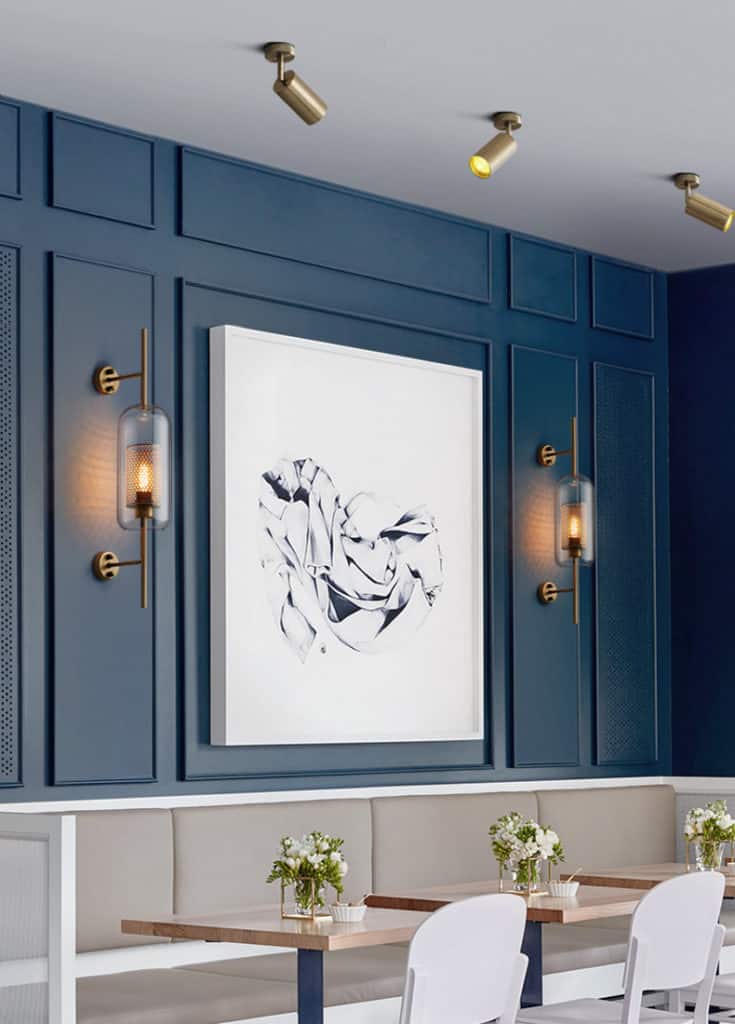
Wall lights also provide necessary illumination for safety reasons and can already be considered as a decoration even when unlit.
It is recommended to use light sources with color temperature of 2700-3000K. These are warm and easy on the eye. LEDs with CRI above 80 are also highly suggested.
Image Credit: Home Reno Guru, Sky Creation
Wall Light Placement
Wall lights can be placed in many areas and how it should be installed will depend on the application of light. More commonly, wall lights are placed on the bedside, living room, in the bathroom, on hallways, and entryways.
Bedroom
In the bedroom, wall lamps are often installed on the bedside. These are great reading lights and are perfect substitute to overhead lighting at night.
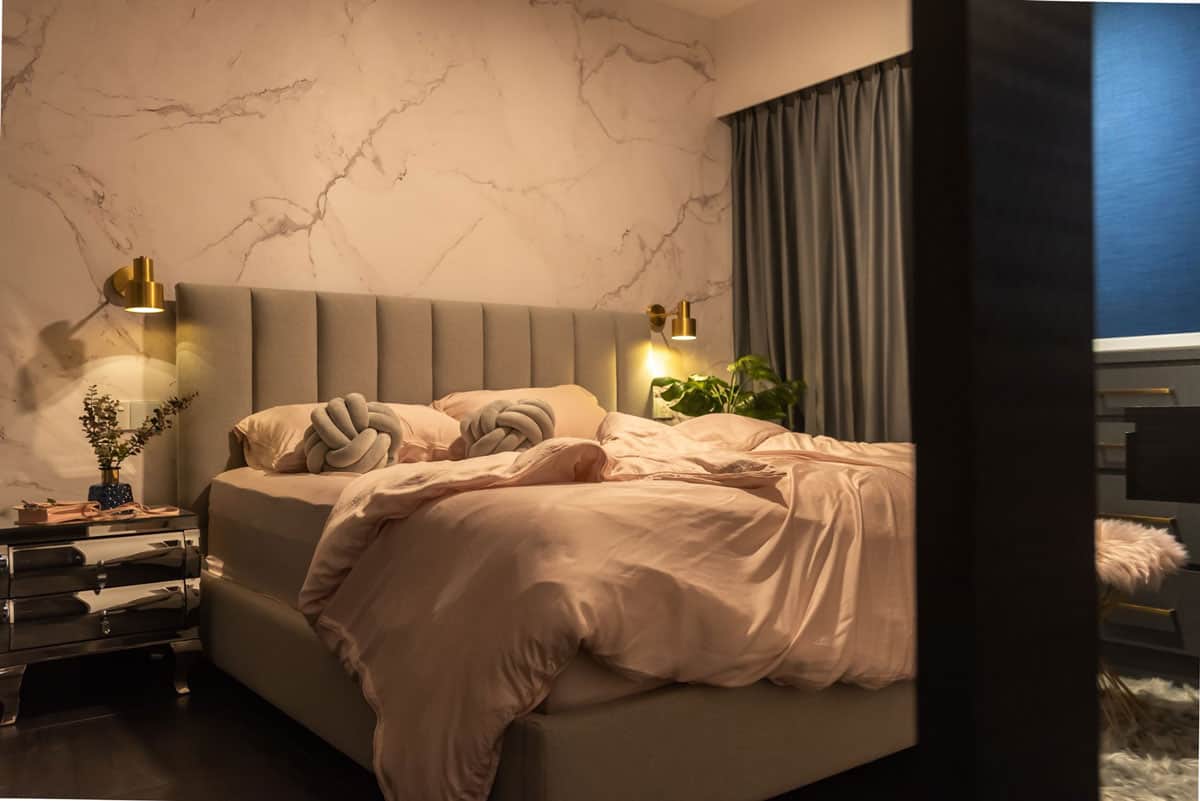
The recommended placement of a bedside wall lamp is 75 to 90 centimeters above the mattress and not more than 30 centimeters from the edge of the bed horizontally. This is the general rule although it may vary depending on the design of the wall lamp.
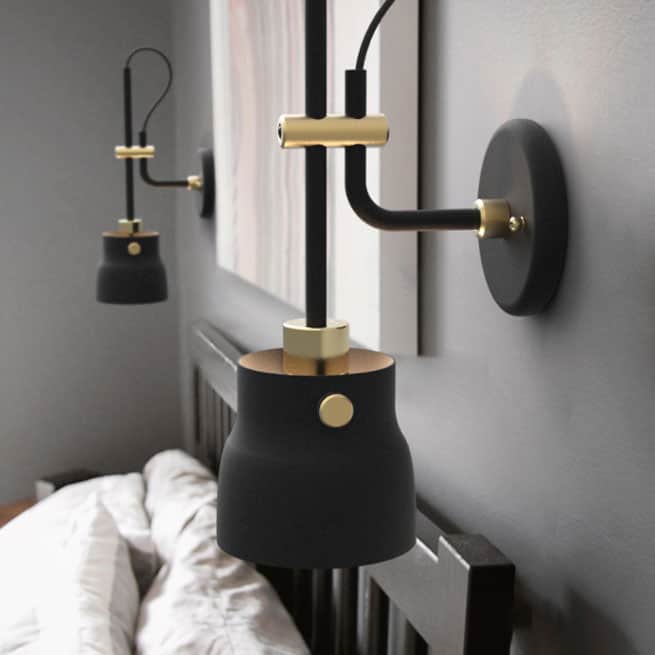
Living Room
Wall lamps on living room or sometimes dining rooms are used to provide secondary ambient lighting. It is expected to complement overhead lighting such as a chandelier as it can lighten up dark spots and corners.
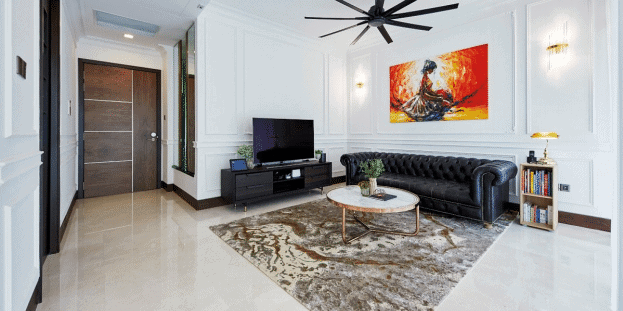
It is usually installed above display cabinets to highlight the content especially if these are noteworthy. Install wall lamps on living rooms within 150 to 180 centimeters above the floor, depending on the floor to ceiling clearance of the room.
Shop this look: Teesok Minimalist Pin Up Wall Lamp
Entryway
Entryways especially of big houses welcome guests with a primary source of light such as chandeliers or hanging lamps. But a wall lamp adds a touch of classiness and it also makes the room feel more inviting and cozy.
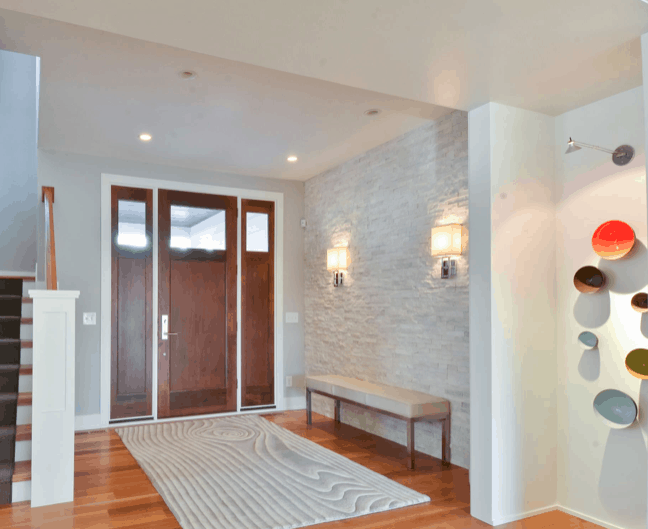
Install wall lamps beside main doors or on the wall opposite to where the door swings in. This provides style, function, and safety all at the same time.
Bathroom
Wall lamps in the bathroom are very important as it assists in activities such as cleaning, washing, brushing of teeth, putting on make up, and the like. It also cancels out shadows caused by overhead lighting and helps you do your routines with no disruptions.
Bathroom wall lamps can be placed on either sides of a vanity mirror. It also wont hurt if you install wall lamps on both sides. Install these lamps around 170 to 180 centimeters from the floor. It can also be adjusted to suit your eye level. It is also a good idea to put wall lamps on the sides and at the top. This provides full facial illumination while also eliminating obtrusive shadows.
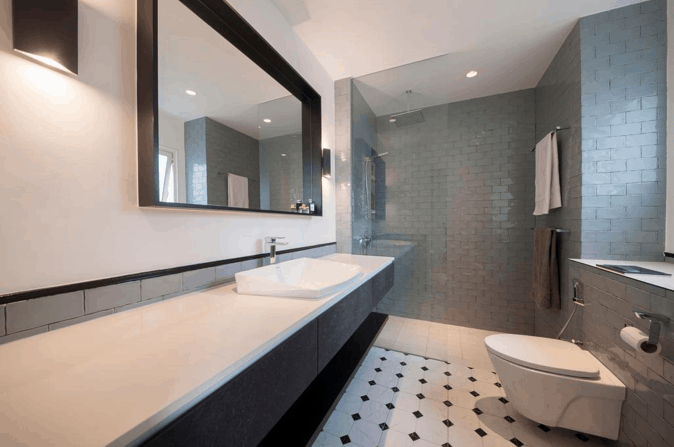
Most modern bathroom however have wall lamps designed for installation solely on top of vanity mirrors. Make sure that these are at least 90 centimeters in length for full illumination.
Get this look: Albinin Slim Sheet Arm Wall Lamp
Hallway
Wall lamps are excellent secondary lights for your home. Design wise, it provides aesthetics and class. Functionality wise, it’s a good light source especially at night that can help in avoiding safety hazards.
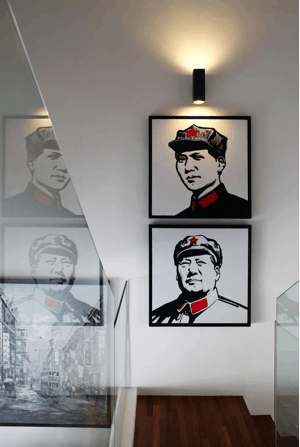
Install wall lamps on hallways at least 155 centimeters above the floor. It can also be installed up to 180 centimeters, depending on the design. If the hallway is long, wall lamps can be installed in succession and spaced 250 to 300 centimeters apart. For narrow hallways, you should also consider installing slim fixtures that protrudes 10 centimeters from the wall at the maximum. This will make the hallway not too cramped and will also not be an obstruction to those passing by.
Types of Wall Lights
As previously mentioned, there are many types of wall lights available in the market. Below are some of the most common ones that you can consider for your space.
Wall Washer
Wall washers are wall lights that cover an area of a wall with illumination, “washing” the wall with light. Unlike other wall lights that have a focused beam on a certain direction, wall washers emit light up and down the wall.
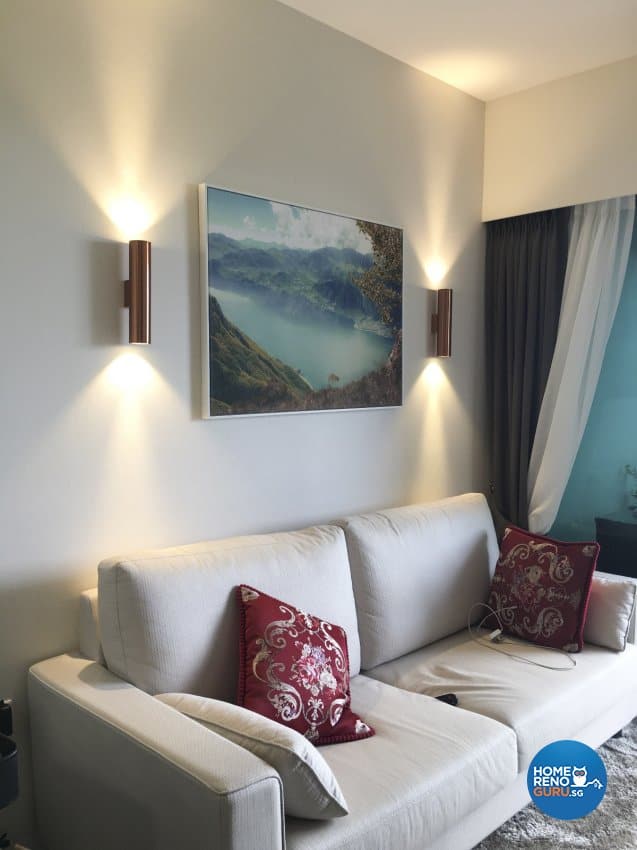
Wall Sconce
Wall lights are often referred to as wall sconces. But wall sconces actually are wall lights with a candelabra, antique, or European design.
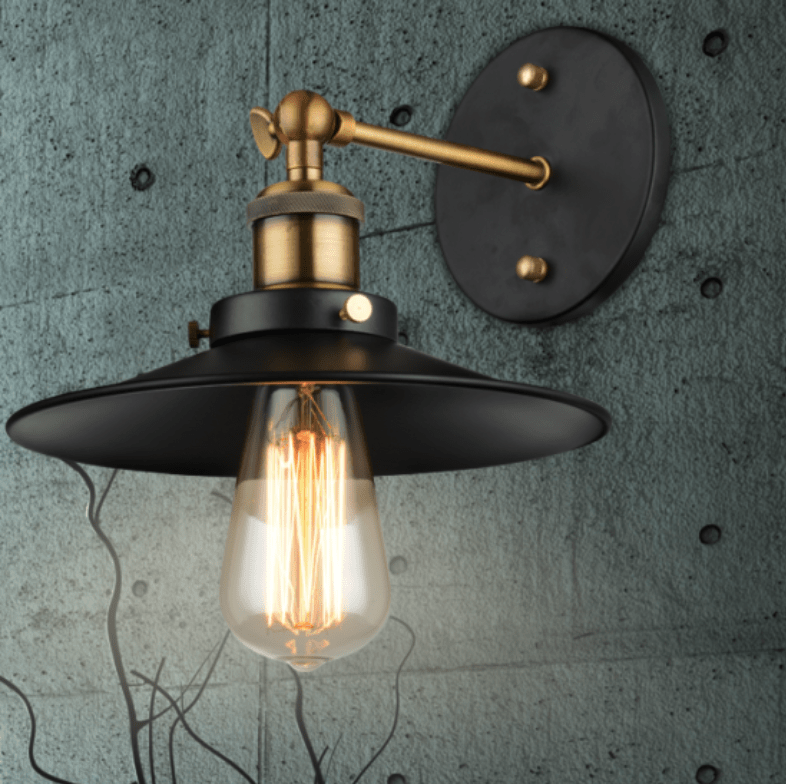
Single Wall Light
From the term itself, single wall lights are wall lamps with a single light source. It is usually mounted with particular offset to the wall and projects light upwards.
Double Wall Light
Obviously, double wall lights are wall lamps with two light sources available.
Wall Spot Light
Wall Spotlights are installed for a particular task or for display purposes. Some allow directional adjustments of the light source.
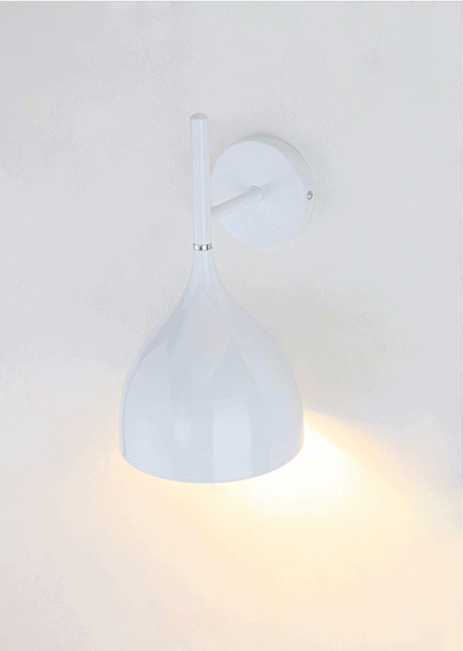
Flush Wall Lights
Flush wall lights are similar to flush mounted ceiling lights instead these are installed on the walls.

Wall Pendant Lights
Wall pendant lights are similar to pendant lights with a hanging light source but are obviously attached to walls.
Scissor Arm/Flexible Wall Lights
These are wall lights that allows more flexibility as it can be extended from its mounting point to a certain length using either a hinge or scissor like mechanism.
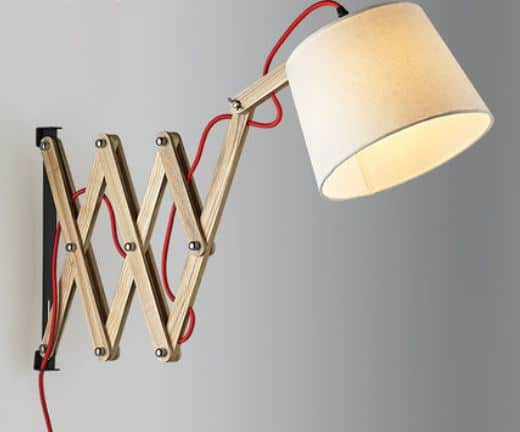
Wall Chandeliers
Wall chandeliers are similar aesthetically to regular chandeliers but are installed on the walls. These can be used when ceiling clearance is low but a certain concept wants to be achieved.
Bathroom/Vanity Lights
These are commonly long lighting fixtures traditionally attached above a bathroom mirror. Some vanity lights can also be attached on the perimeter of mirrors.
Get this look: Magda Space Shuttle Lamp
Wall Light Styles
Wall lights can also come in different styles that will suit the theme of your home. As what we always advise, make it a point to make your lighting fixtures consistent with your home’s set-up. Below are the more common wall lighting styles available.
Contemporary
Contemporary wall lighting fixtures feature straightforward styling and sleek lines. Modern glass, clean finishes and geometric shapes are common indicators of contemporary look.
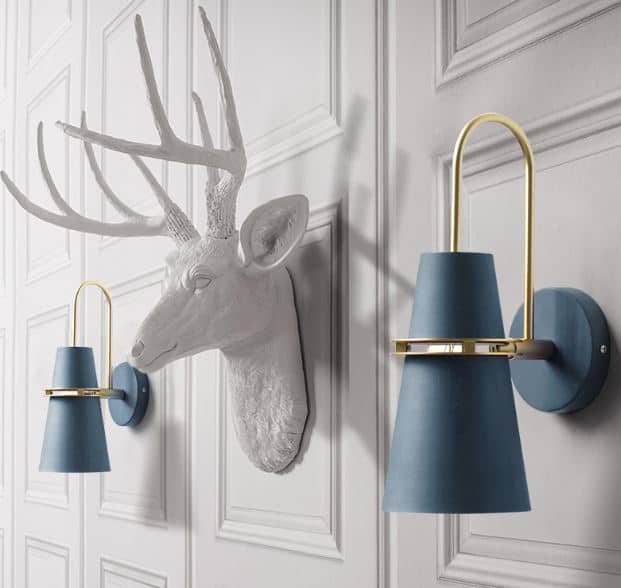
Rustic
Rustic wall lighting fixtures are commonly used in country or quaint home designs. It’s supposed to be natural and aged but with a twist of modern appeal to it.
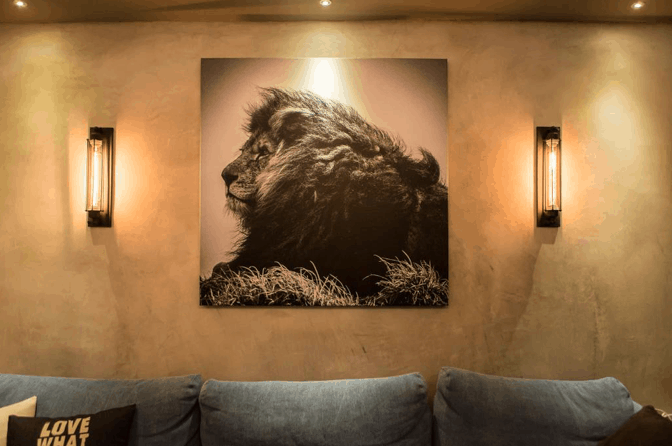
Industrial
Industrial wall lighting fixtures feature turn of the century industrial era through use of metals and vintage bulbs. These are usually painted black and fit modern warehouse-like homes.
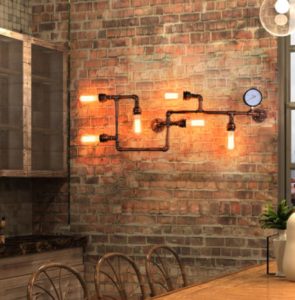
Traditional
Traditonal wall lighting fixtures are highly ornamental and lean towards vintage European aesthetic. It can include Mediterranean, Victorian, and other traditional design styles. Wall lamps under traditional styles are often antiqued bronze finished and curved frames.
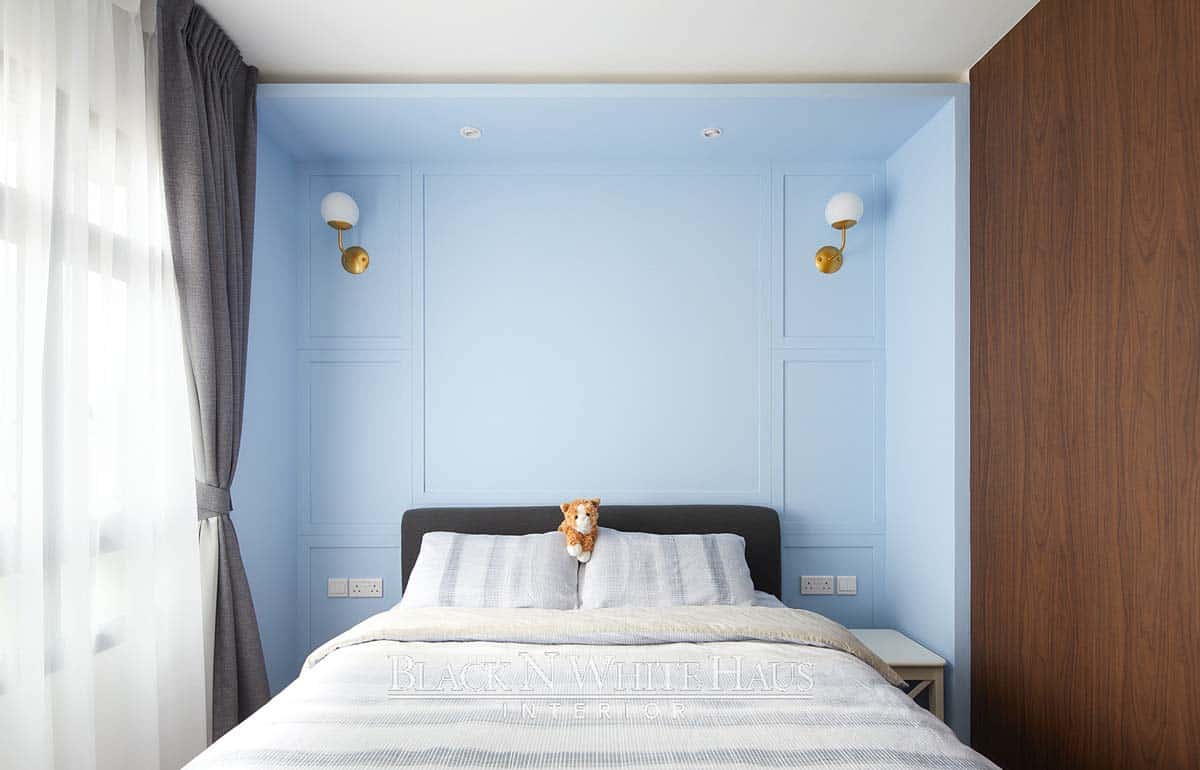
Wall Light Sizes
Wall lamps also come in variety of sizes. It is important to note that proportionality between the lighting fixture and the object it is styled against plays a factor on both the design and its lighting effect. For example, picture lights should be proportional to the artwork it highlights or vanity lights should be proportional to the mirror it accompanies.
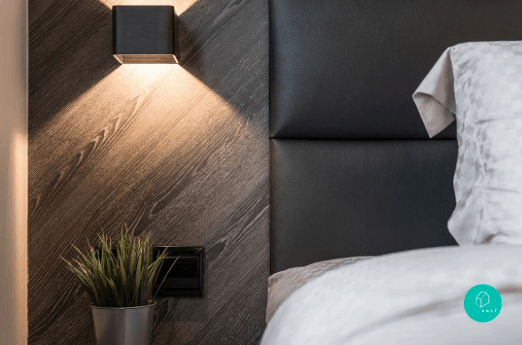
Wall lamps may not be the main source of light for most spaces but it definitely makes a space better. It is a space saving light good for small apartments and big homes. If you want your home to have a layered lighting scheme, install wall lamps. Use this guide so you can enjoy a nice and well-lit home.
